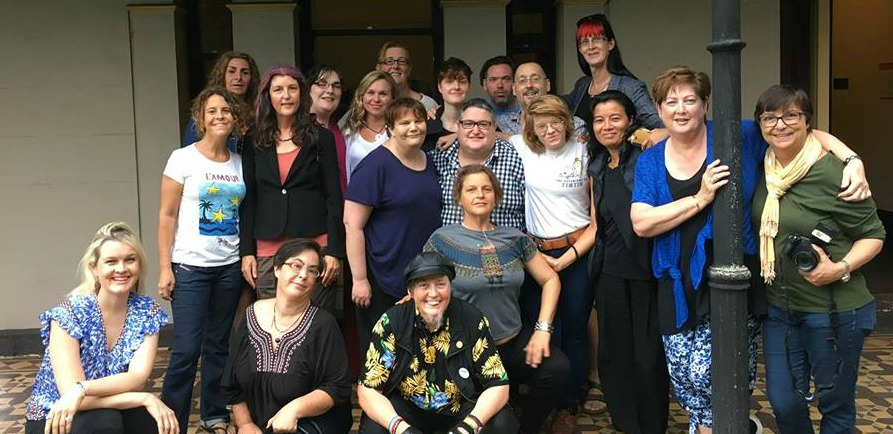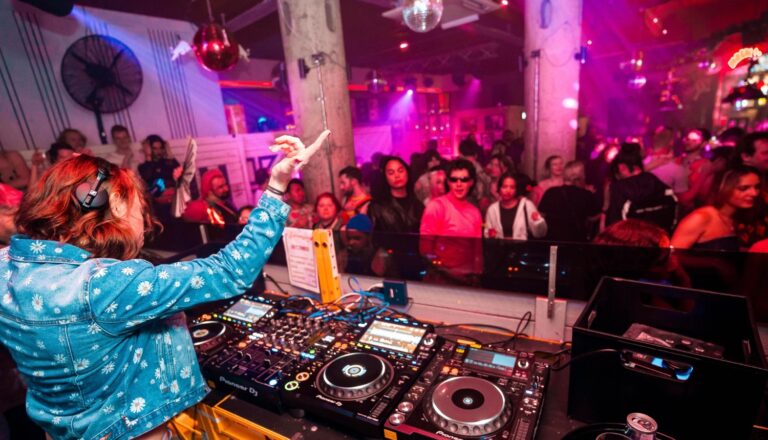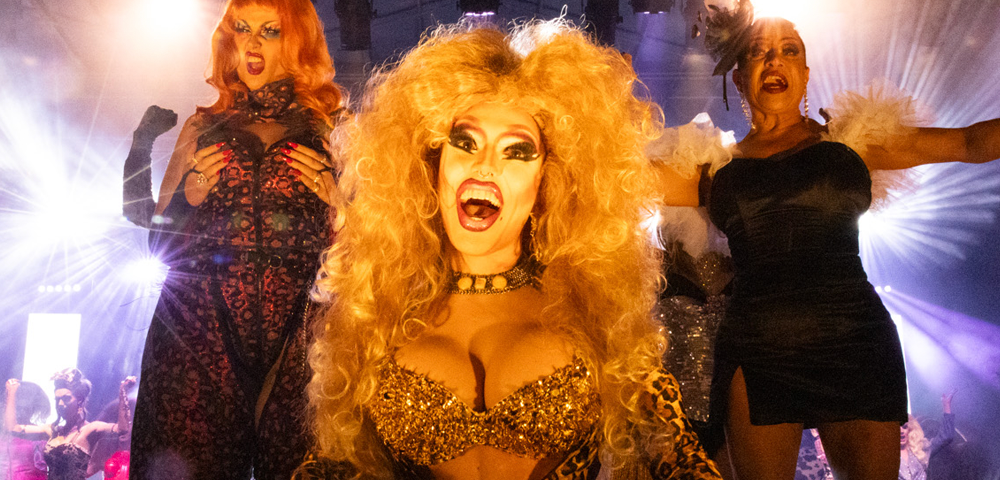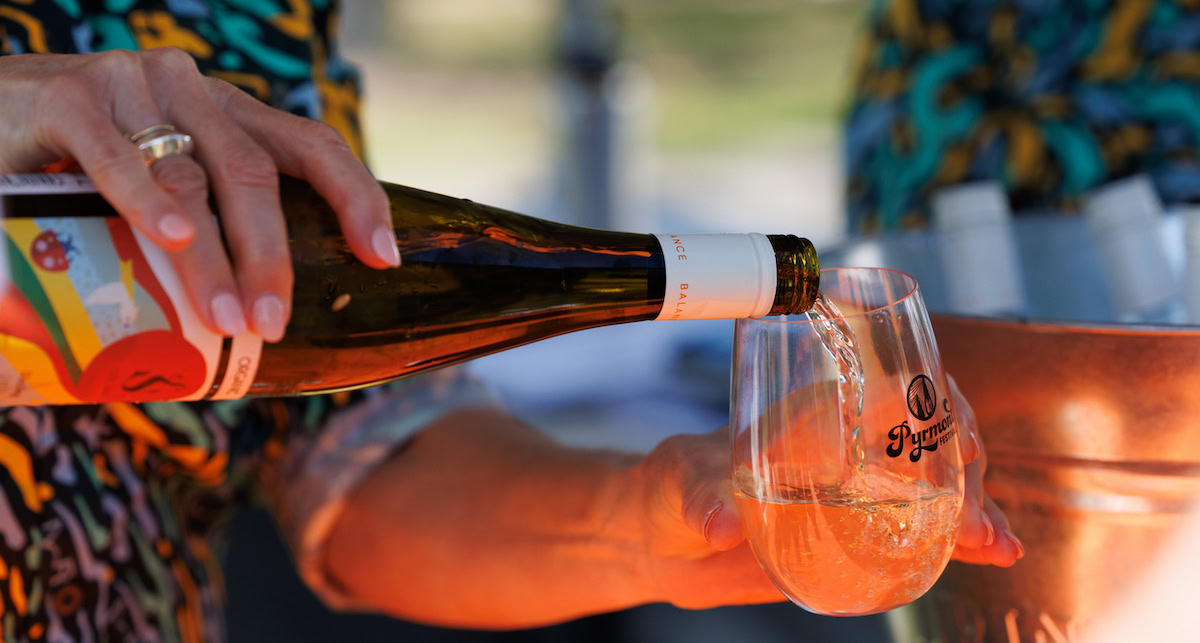
Intersex inclusion a priority at queer women’s health summit

The third annual Lesbian, Bisexual, and Queer (LBQ) Women’s Health Conference is being held in Sydney over July 13–14.
The health summit will focus on intersectional women’s health, incorporating factors such as culture, disability, and age, and it will be inclusive of trans and intersex women.
Bonnie Hart, president of the Androgen Insensitivity Syndrome Support Group Australia, will be one of the key speakers, bringing the Darlington Statement to the conference.
The historic statement, developed at an intersex activist retreat in Sydney earlier this year, outlines what intersex people require from government, society, and the medical community.
“The intersex community in Australia is very diverse,” says Bonnie.
“We have diverse bodies and diverse identities. Being able to hear everyone’s voice is very important, especially going forward with how we advocate for better health services for intersex people.”
Bonnie believes language holds a great deal of power for intersex people, and the way someone’s intersex identity is referred to can affect the services they access. Someone with androgen insensitivity syndrome who may not think of themselves under the umbrella term of intersex, for example, may not know they are protected by anti-discrimination laws or seek peer support as an intersex person.
“There’s a lot of secrecy and stigma still surrounding intersex,” says Bonnie. “There are people who may technically have intersex variations that don’t use the term intersex at all. In that way we are a very fractured and marginalised community.”
Intersex people may be men, women, or non-binary. Some are trans and may have medically transitioned.
“And everyone has their own sexual orientation,” Bonnie adds. “We are a very diverse community, and the Darlington Statement was quite seminal as a way for those diverse voices to be heard.”
Bonnie says including intersex women in the women’s health conference is crucial.
“Of course they should be included,” she says. “And many intersex women may also be lesbian, gay, bisexual. That type of inclusion is important to capture the diversity within those specific populations.
“It’s also very important to understand the variety of different types of bodies that can be encompassed by the idea of what a woman is.”
Bonnie believes that ideas about gender, being socially constructed, can cause people to feel they don’t belong in the category of women when they have every right to.
“Personally, it took a long time to apply the term woman to myself, even though I’m a cis female,” she says.
“I was born female, raised female, and identify as female, but we have these harsh boundaries between what is and isn’t a ‘real’ woman. I was excluding myself from a population I belong to because of these immovable boundaries between genders.
“The more we do to take the burden off individuals to feel like they need to conform to a pre-existing idea of what a gender is, the better.”
Bonnie encourages anyone who works with queer women’s health to consider attending the conference.
“Any opportunity that you can take to find out information about intersex people from intersex peer-led organisations is a really valuable one,” she says.
This year’s LBQ Women’s Health Conference is is proudly co-presented by ACON and the Victorian AIDS Council (VAC). Visit the conference website to register or for more information: www.lbq.org.au









